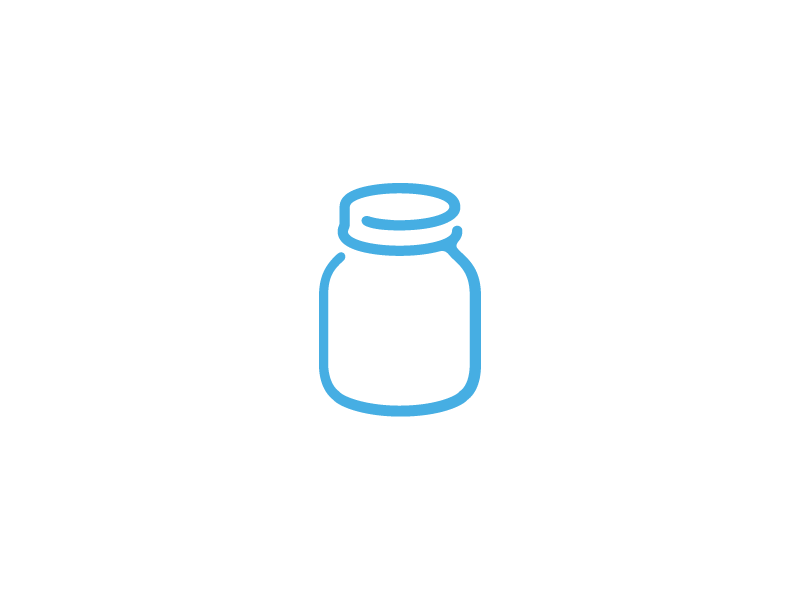The online world came into existence in 1990 after the birth of the internet in 1983. Now, we have a modern generation living in this virtual world and expecting things to be done within seconds.
But, have you ever experienced that you visit a particular website and it is taking forever to load? If yes, what is your reaction on this? Do you close the browser tab and reopen the site? Or do you wait patiently expecting the site to load? Improving your website performance should be your primary concern during a technical audit.
Generally, the page loading time and performance of the website has a dramatic impact on the user experience. In other words, the user prefers browsing a website with better page loading speed. Also, customers opt to navigate a website offering a wide range of online tools that give detailed insights into your website performance.
Your website speed performance not only affects the customer experience but, also the search engine optimisation. It is highly essential to enable fastest site speed and performance independent of the type of your website- may it be a blog, e-commerce store or any affiliate landing page. So, here are a few hacks to boost the customer experience on your website in 2019.
1. Content Delivery Network
Content Delivery Network is nothing but, the fastest way of content delivery from your website to anywhere around the globe. These geographically distributed networking servers cache your static data near the visitor’s location.
For a clear understanding, let us take an example. Consider, a website without CDN. You are accessing it from Australia, and it is hosted on a server located in India. While processing your request, the server responds to it from India leading to frustrating delays. Now, let’s take an example of a website using CDN.
The original server is stationed in India with cache servers located in various regions across the world. So, when you request to deliver content from Australia, your request is fulfilled by the server close to your region. This reduces the time required to provide the content.
The distributed servers of CDN are known as edge servers. The edge server locations are termed as PoPs or Point of Presence. There are a few CDN’s that offer high-speed storage, optimisation tools, dynamic caching and Website security features to improve the performance.
2. Image Optimization
We all are aware that loading high-resolution images is a time-consuming task which affects the site speed and performance. The factors like resolution, image compression, size and other factors as well are considered to be of utmost importance to improve site performance.
Optimising images for your website consist of delivering high-quality images in the appropriate format, size, resolution while trying to keep the smallest possible size. It has been proved that images on your website can connect the users directly to your product. But, if the loading time of an image is more than 3 seconds customers are more likely to switch to a new website. This may adversely affect the bounce rate thus, decreasing the possibility of the conversions.
Image optimisation is extremely important to improve the speed and performance of the website, boosts its SEO ranking and provide a satisfied customer experience.
3. Minify Your JavaScript and CSS
Tons of JavaScript and CSS files on your website may lead to an increase in HTTP requests from the users when they try to access specific files. These individually treated HTTP requests can also slow down your website. The easiest way to improve your website loading time is to address the inefficiencies in your JavaScript (JS) and Cascading Style Sheets (CSS). The white spaces, for starters and several other lines of redundant code, can be reduced down to something much better and shorter that contributes to improving website performance.
Keep-Alive is one of the best solutions to improve website speed while reducing HTTP requests. We all are aware the more code the browser needs to run through the more time it takes to load a page. Shrinking your javaScript and CSS files may significantly speed up your website. Integrating all the JavaScript files into a single JavaScript file and all CSS files into single CSS file enables reducing HTTP requests and improving site speed.
4. Minimising HTTP Requests
Users request to access certain files when they visit your website. Too many HTTP requests can slow down your website. In other words, webpage loading time may increase. User’s web browser requests JavaScript files, HTTP files and CSS files from your server using the HTTP protocol.
Suppose, your website is responsive than the mobile visitors of your website will be redirected to its responsive version. There are two ways to redirect your website maintaining its high speed. The first option is to set up an HTTP redirect to drive the mobile users to the device-specific URL without any additional redirect. To execute the second option, you need to download the web page on the client side of redirection before executing the JavaScript and redirecting the user. This option may cause latency.
Here are a few tips to reduce HTTP requests
• Combining JavaScript files, CSS files and HTML files.
• Wherever possible replace images with CSS.
• Minimising the number of elements on the web page.
• Cache plugin installation.
• Decreasing the number of redirects.
5. Upgrade to Dedicated Hosting
Most of the web site beginners with limited budget shared hosting since it is cost effective. In other words, you share resources with other customers with no control over how they use it. Shared web hosting is beneficial for a website with limited content but, as the data grows the performance and speed of your website may suffer. To optimise the website performance, it is a better option to opt for an advanced dedicated server.
A Dedicated server provides both managed and unmanaged solution but, the best part about it is that you get to access the entire server for yourself. It offers better customisation, dedicated hardware and consistent website performance. Surely, using a dedicated server can help in increasing website speed and performance in 2019.
6. Enable Lazy Loading
Generally, when the users land on your webpage, the entire elements of that webpage will try to load. A few aspects of the webpage try to load simultaneously while others load sequentially. There is a high possibility of users experiencing long loading time due to the elements they are waiting to see. Also, the users may have to witness the site loading for a long time even if the content of interest is available. Both the cases may have an adverse impact on the site speed thus increasing the bounce rate.

Lazy Loading can be a beneficial solution to overcome this problem. Lazy Loading enables, loading the elements on the webpage as and when needed. This means the elements down the page will load only when the user scrolls down. This speeds up loading of the webpage since the elements at the top of the page are prioritised.
7. Reduce External Scripts
External scripts present in the form of JavaScript code on your website make an HTTP request every time your webpage is loaded. The problem arises when you are dependent on these external scripts but, they increase the page loading time of the website. This slows down your website performance. External commenting systems like, external fonts, pop-ups, social media boxes and many more lie under the umbrella of external scripts.
Instead of eliminating you can reduce the external scripts that take more time to load thus improving your website loading speed. If an external script is taking too much time to load and is not needed by the site, you can simply eliminate it. If you have embedded slow running multimedia files in your website, it may adversely impact your website speed. So, make sure you request external scripts only from the fast and reliable source of a website. This will help in improving website performance.
Conclusion
The speedy website is the need of today’s generation. If you fail to deliver the webpage content within the expected time limit the bounce rate on your website may increase. In other words, the user will switch to a different website and never return back if your website page loading time is more than 4 seconds. To provide a seamless experience to your users it is essential that you follow the above hacks and improve the website performance. Since better site performance increases the user engagement and can drive massive traffic to your webpage.



